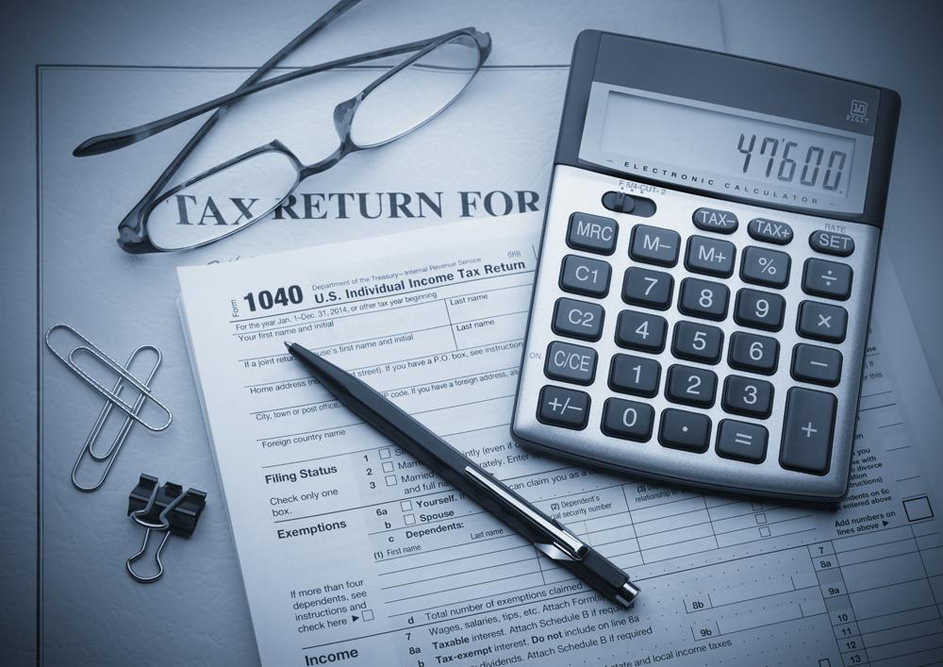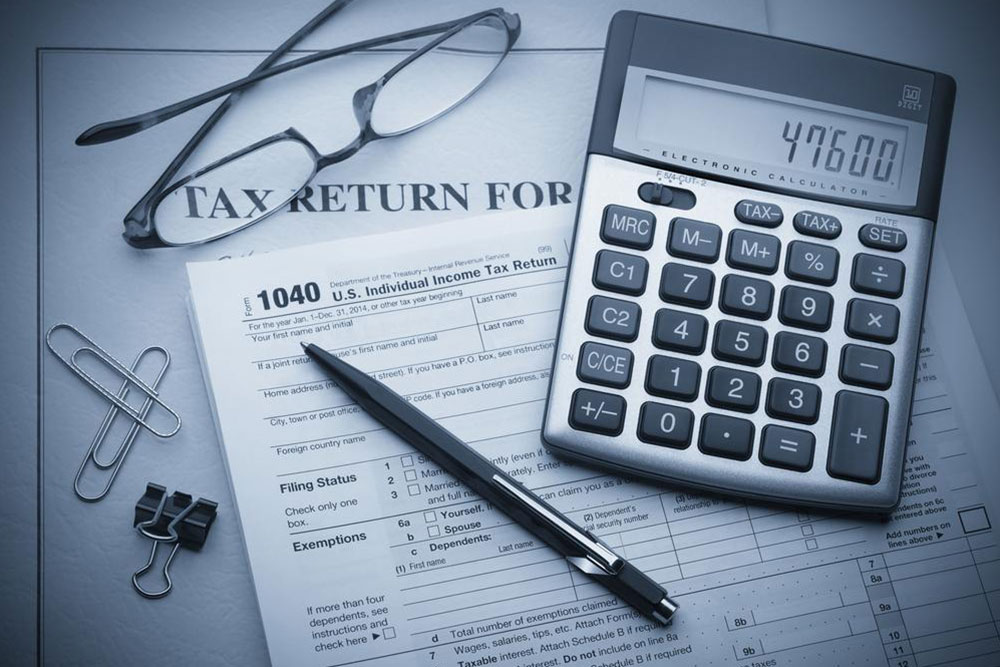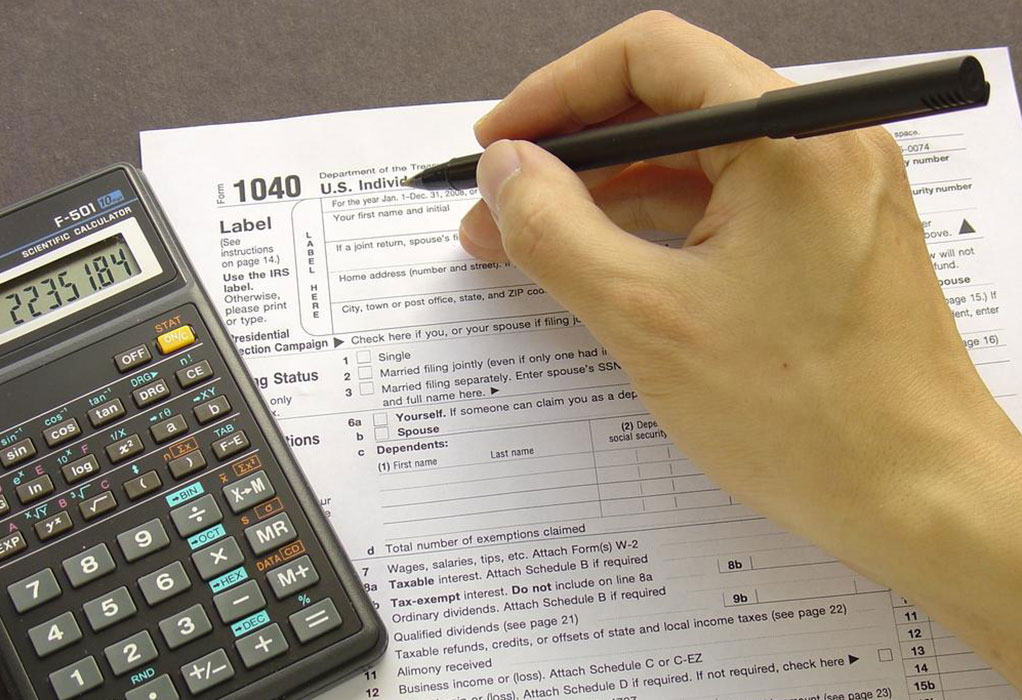Comprehensive Guide to Avoid Errors When Filing Your Tax Return
Learn essential tips to prevent errors when filing your tax return. From correctly reporting your filing status to meticulous data entry and choosing the right deductions, this guide offers comprehensive advice to help you navigate tax season smoothly. Accurate filings can save you time, reduce penalties, and maximize your refunds, making tax preparation less stressful. Whether you’re a first-time filer or experienced taxpayer, these strategies will ensure your tax documents are accurate, complete, and compliant with regulations. Stay prepared and file confidently with this detailed guide.

Comprehensive Guide to Avoid Errors When Filing Your Tax Return
Filing your taxes is an essential civic duty that directly impacts government revenue and public services. Tax payments are levied on individual and corporate incomes, purchases, property assets, and various financial activities. Accurate tax reporting ensures that taxpayers meet their obligations while also maximizing potential refunds and deductions. Tax returns serve as official reports submitted to tax authorities, such as the Internal Revenue Service (IRS) in the United States or relevant local agencies elsewhere, detailing income, deductible expenses, and owed taxes. Missteps during filing can result in penalties, interest accrual, or audits, making meticulous preparation paramount. This comprehensive guide aims to provide essential tips and best practices to help you avoid common pitfalls and ensure a smooth, error-free tax filing experience.
To ensure your tax return is accurate and compliant with regulations, focus on several critical areas. The following sections outline four key strategies to help you prevent most common mistakes and optimize your filing process.
1. Properly Determine and Report Your Filing Status
Understanding your correct filing status is fundamental. Whether you are single, married filing jointly, married filing separately, head of household, or a qualifying widow(er), each classification impacts your eligibility for deductions, credits, and tax rates. Accurate classification is necessary for claiming the appropriate exemptions and deductions. For example, if you're a single parent caring for dependents, your filing status as head of household can offer significant tax advantages. In some cases, married couples may benefit from filing separately to reduce certain tax liabilities, although joint filing often provides greater overall benefits. Be sure to include complete details of dependents, such as children or elderly relatives, with their Social Security numbers and relationship status, as these details influence credits like the Child Tax Credit or the Credit for Other Dependents.
Furthermore, verify your personal information – your full name, Social Security Number, and address – are entered correctly to prevent delays or mismatches with government databases. Remember, inconsistencies or typos can trigger audits or processing issues that delay your refund or result in penalties.
2. Pay Attention to Detail and Be Precise
Only input information that the form explicitly requests. Avoid adding extraneous details that could clutter your return or cause confusion. When reporting income, include wages, salaries, interest, dividends, capital gains from asset sales, rental income, or unemployment benefits, but only if prompted. Omissions or inaccuracies in income reporting can lead to underpayment penalties or audits. Double-check all figures and calculations—errors in math or missing zeroes can significantly impact your tax liability.
Additionally, ensure that all numbers are correctly transcribed into the appropriate lines and columns. For instance, do not report a Roth IRA contribution as taxable income or confuse your IRA rollover amount with regular distributions. Drafting your entries on scratch paper or using tax preparation software with built-in checks can help catch mistakes before submission.
3. Consider Whether to Itemize or Take the Standard Deduction
One of the most beneficial decisions in your tax preparation process is choosing between standard or itemized deductions. While the standard deduction offers simplicity and is easier to claim, itemizing deductions can significantly lower your taxable income if you have substantial deductible expenses. Gather receipts and documentation for all potential deductions, including mortgage interest, state and local taxes, charitable donations, medical expenses exceeding a certain threshold, and unreimbursed business expenses. Even minor receipts accumulated over the year can add up to noteworthy deductions.
Review the latest tax laws to understand which method provides maximum benefit. If you are married, consider whether filing jointly or separately yields the best result, as the advantages of itemizing versus taking the standard deduction vary by scenario. It's often useful to prepare both options to determine which approach minimizes your tax liability.
4. Double-Check Data Entry and Maintain Organized Records
Ensuring the accuracy of every entry is vital. Cross-verify each piece of information—your Social Security Number, income amounts, deductions, credits, and bank routing numbers for direct deposits. Mistakes in data entry can delay your refund or trigger audits. Draft entries carefully, preferably with a pencil or in a test mode of your tax software, then review your calculations thoroughly before clicking the final submit button.
Keep organized records of all supporting documents, including W-2s, 1099s, receipts, mortgage statements, and proof of charitable contributions. Storing these documents systematically will make it easier to respond to any IRS inquiries and to prepare for future filings.
Finally, consider e-filing your return for quicker processing and confirmation. Many tax software programs conduct real-time checks for common errors and prompt you to correct issues before submission. Always retain copies of your filed return and supporting documents for at least three to seven years as a safeguard against audits or discrepancies.
By following these detailed tips, taxpayers can significantly reduce the risks associated with filing errors, enjoy faster refunds, comply with tax regulations, and maximize their eligible benefits. Careful preparation, accurate data entry, and organized documentation are the cornerstones of a smooth and trouble-free tax season. Remember, when in doubt, consult a tax professional to ensure your filings are accurate and beneficial.





